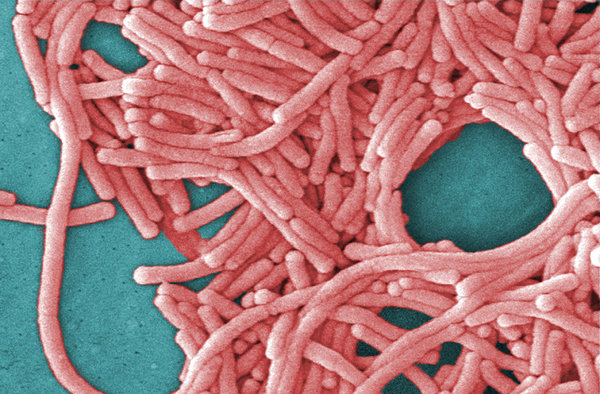Legionnaires’ Disease: What You Need to Know

Introduction
Legionnaires’ disease is a severe form of pneumonia caused by the Legionella bacteria. This illness poses significant public health risks, especially in community and healthcare settings. An outbreak can lead to serious health complications, and understanding how it spreads is essential for prevention. As recent reports indicate an increase in cases across various regions, awareness and education about Legionnaires’ disease have become more important than ever.
Causes and Symptoms
Legionnaires’ disease is primarily contracted by inhaling airborne water droplets that contain the Legionella bacteria. Common sources include large water systems such as cooling towers, hot tubs, and plumbing systems, particularly those that are inadequately maintained. Symptoms typically appear 2 to 10 days after exposure and can include:
- High fever
- Cough
- Shortness of breath
- Muscle aches
- Headaches
- Fatigue
In more severe cases, individuals may experience gastrointestinal symptoms such as diarrhea and confusion. The elderly, smokers, and those with weakened immune systems are at heightened risk of severe complications.
Recent Outbreaks and Response
According to data from Health Canada and the Centers for Disease Control and Prevention (CDC), there has been a noted increase in reported cases of Legionnaires’ disease in recent months. A notable outbreak reported in Ontario linked eight cases to a local hotel, where water management practices were found to be inadequate. Health officials responded by conducting thorough investigations into water systems, promoting better maintenance practices, and emphasizing the importance of public awareness.
Prevention Measures
Preventing Legionnaires’ disease relies heavily on proper management of water systems. Regular cleaning, disinfecting, and maintaining water temperature are crucial steps that both communities and institutions can take. Additionally, educating individuals about signs and symptoms can facilitate early detection and treatment of the disease.
Conclusion
Legionnaires’ disease represents a significant public health challenge that can be mitigated through informed community practices and awareness. With ongoing monitoring and improved management of water systems, coupled with education about the disease, we can significantly reduce the risk of outbreaks. As we move forward, it’s imperative for communities to prioritize water safety to protect vulnerable populations and ensure the well-being of all.







